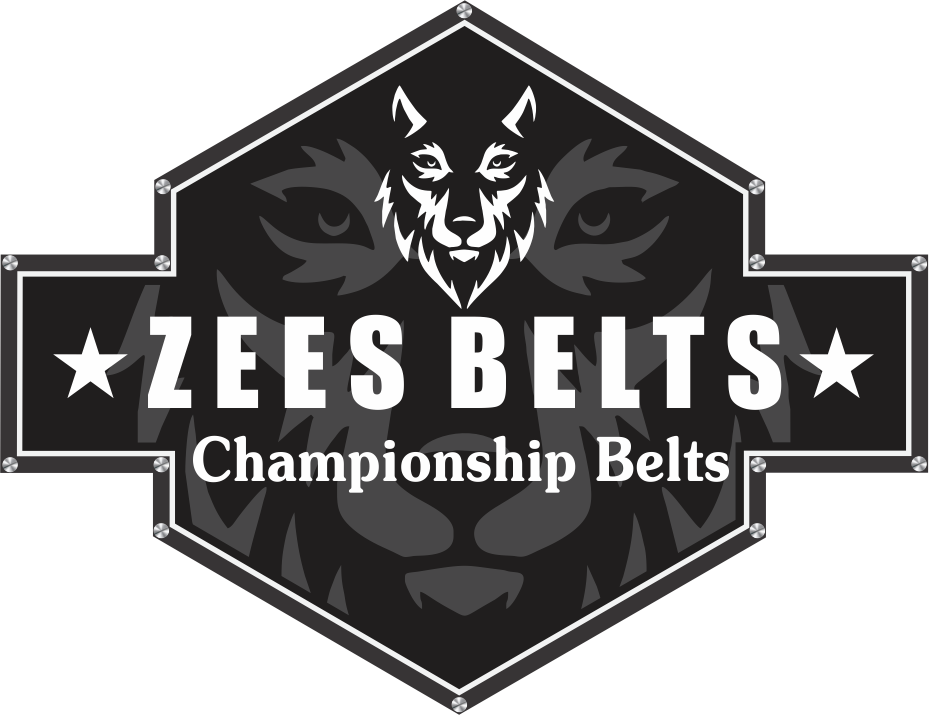Introduction
Championship belts are more than just awards—they are symbols of hard work, dedication, and victory. Whether in wrestling, boxing, or martial arts, a well-crafted belt represents prestige and achievement. But what makes a championship belt truly great? The answer lies in the materials used.
In this blog post, we’ll explore the best materials for championship belts, why they matter, and how they contribute to durability, appearance, and overall quality. By the end, you’ll know exactly what to look for when choosing or customizing a championship belt.
Why Materials Matter in Championship Belts
A championship belt isn’t just a piece of metal and leather—it’s a work of art. The right materials ensure:
-
Durability – The belt should last for years, even with frequent use.
-
Aesthetic Appeal – High-quality materials enhance the belt’s shine and design.
-
Comfort – A well-made belt should feel good when worn.
-
Prestige – Premium materials make the belt look and feel valuable.
Now, let’s break down the best materials used in crafting top-tier championship belts.
Top Materials Used in Championship Belts
1. Premium Leather (Genuine or Synthetic)
The strap (the part that wraps around the waist) is usually made of leather. The best options include:
-
Genuine Leather – Offers a classic, high-end look and ages beautifully. Full-grain leather is the most durable.
-
Synthetic Leather – A great vegan alternative that’s more affordable while still looking professional.
A high-quality leather strap ensures flexibility and comfort, making it ideal for long-term wear.
2. Solid Metal Plates (Brass, Zinc Alloy, or Stainless Steel)
The plates (the decorative front pieces) need to be strong and visually striking. The best metals used are:
-
Brass – A popular choice due to its gold-like shine and ease of engraving.
-
Zinc Alloy – Lightweight yet durable, often used for detailed designs.
-
Stainless Steel – The strongest option, resistant to rust and scratches, perfect for long-lasting belts.
For an extra luxurious touch, some belts feature gold or silver plating over the metal base.
3. High-Quality Paint & Enamel
The intricate designs on championship belts are often filled with vibrant colors. The best belts use:
-
Epoxy Enamel – Provides a glossy, chip-resistant finish.
-
Automotive-Grade Paint – Ensures long-lasting color without fading.
This keeps the belt looking sharp and vibrant for years.
4. Reinforced Stitching & Backing
A strong belt needs strong stitching. Look for:
-
Double or Triple Stitching – Prevents the strap from fraying.
-
Sturdy Backing Material – Some belts have a secondary layer (like suede) for extra comfort.
How to Choose the Right Championship Belt Material
When selecting or customizing a championship belt, consider:
-
Purpose – Will it be used for competitions, display, or promotions?
-
Budget – Genuine leather and solid metal cost more but last longer.
-
Design Complexity – Detailed designs work best with zinc alloy or brass.
If you’re looking for a belt that stands the test of time, investing in high-quality materials is key.
Conclusion
A championship belt is only as good as the materials it’s made from. From premium leather straps to solid metal plates and durable enamel finishes, every component plays a role in creating a belt that’s both stunning and long-lasting.
